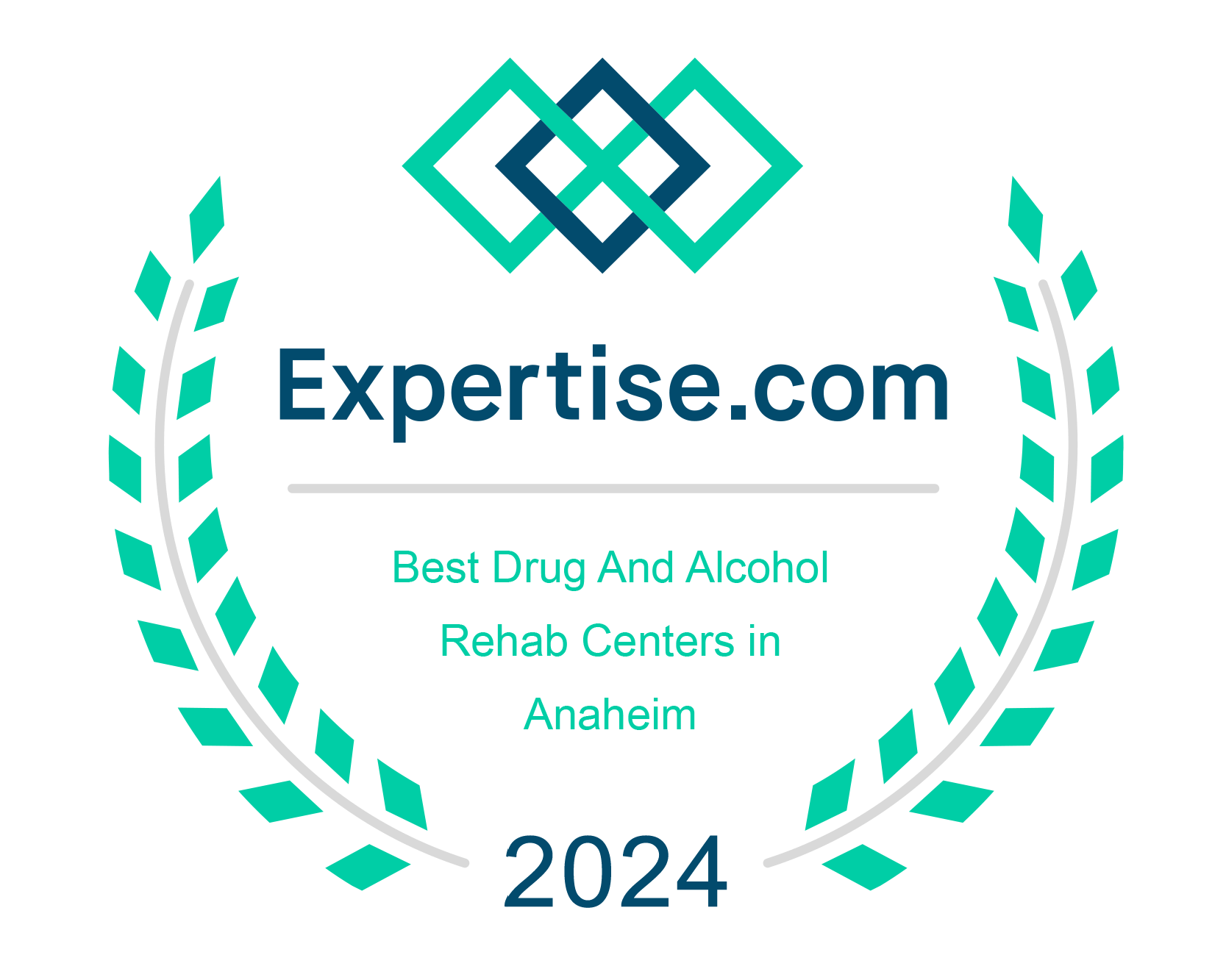Anyone who pays attention to current affairs to some extent knows that the world is currently facing an opioid epidemic. Compared to other countries, the U.S. has a substantial number of individuals using opioids. In 2017, over 130 Americans died daily from opioid-related overdoses, 81,000 Americans tried heroin for the first time and 2.1 million Americans had a diagnosis of an opioid use disorder, which is the official term that encompasses opioid abuse and addiction. The problem is a national public health emergency in the United States.
In response, steps have been taken to solve this problem, mainly limiting opioid prescriptions to reduce access and exposure to the drugs. However, it’s now becoming clear that these steps are not fixing the problem.
Projected Results of Opioid Epidemic Interventions
A recent study found that current interventions for the opioid epidemic are not expected to cause a significant change to the crisis. Dr. Jagpreete Chhatwal of the Institute for Technology Assessment at Massachusetts General Hospital and assistant professor of radiology at Harvard Medical School, as well as his colleagues, conducted the study.
While Dr. Chhatwal explained that the current impact of interventions on overdose deaths is unknown, their study does not anticipate enough of a change by following the current approach. The researchers used a mathematical model to simulate the opioid overdose epidemic from 2002 to 2025. They used CDC and National Survey on Drug Use and Health data as well as information on current interventions.
Opioid Overdose Deaths
The researchers project that under current conditions, there will be a 147 percent increase in opioid overdose deaths by 2025 compared to 2015. Further, the study estimates that about 700,000 people will die of an opioid overdose in the 10-year span between 2015 and 2025. Also, 80 percent of those deaths will come from the use of illicit opioid drugs such as fentanyl and heroin. These illegal opioid drugs are currently major players in the opioid epidemic.
It is reasonable to assume that efforts to reduce legal prescription opioid use would not significantly impact the use of illicit opioid use, which means illegal use. Illicit use can encompass different scenarios, including using legal prescription opioids in a way that differs from the prescription, obtaining legal opioids outside of legal means or using opioids that were made illegally.
A Turn Toward Illegal Opioids
Efforts to prescribe fewer opioids backfired by resulting in more illegal opioid use. As doctors cut down on legal opioid prescriptions, people suffering from opioid use disorder found it more difficult to get their hands on more opioids through proper legal channels. The intention was for them to quit, but many people turned to illegal means of getting opioids instead. They went to the streets to illegally obtain illicit prescription opioids, manmade opioids and even heroin, which is also a type of opioid. Heroin became a popular alternative as it became cheaper and easier to get than prescription opioid drugs.
Overdose Death Rates Expected to Level Out
The study does expect certain rates, such as the rates of prescription opioid use disorder, to decline. However, the researchers anticipate the number of people who use illicit opioids to increase dramatically during this 10-year time span. Overall, they project that the number of overdose deaths will peak in 2022 and stay at about the same level of 75,400 annually from that point on.
The study only expects current interventions for the opioid crisis to reduce the number of opioid overdose deaths by the insignificant amount of 3 to 5 percent. The researchers noted that current interventions do not appear to be effective and that there should be a different approach that focuses on multiple aspects of opioid use and addiction instead of only focusing on prescription rates.
Opioid Use Disorder’s Underlying Problem
Although debatable, the primary reason current interventions are not working is that officials and the medical field are not addressing the real problem. Rather than focus on the behavior of taking opioids, there needs to be a focus on what drives people to continue to take these medications and what encourages addictive behaviors. While it may not be the only driver, there is often an emotional component. Regardless of the reasons people start using opioids, an emotional component often aggravates feelings of pain and the possibility of abuse and addiction. The emotional distress of individuals and the United States’ society needs to be addressed directly.
Plenty of research confirms a link between emotions/mental health and substance use/addiction. For example, it’s common for people to have a psychiatric disorder co-occurring with a substance use disorder. Also, there is an established link between emotions and pain. This is related to this discussion since so many people start taking prescription opioids as an established medical treatment for physical pain. Parts of the brain that handle emotion overlap with parts that handle pain and the two experiences can be intertwined. For example, when a person doesn’t properly manage emotions, the problem can turn into physical pain in the body. Also, creating a more positive mindset can change a person’s pain experience in a positive way.
Instead of increasing regulations on opioid prescriptions, society needs to focus on the factors that cause people to continue using opioids after resolving their pain issues. This is what often leads individuals to seek out opiates using illicit means. Furthermore, you can argue that addressing an emotional component at the individual and societal level could help people manage pain and turn away from addictive behaviors. The effort to curb the opioid crisis should include psychological and emotional interventions.



















